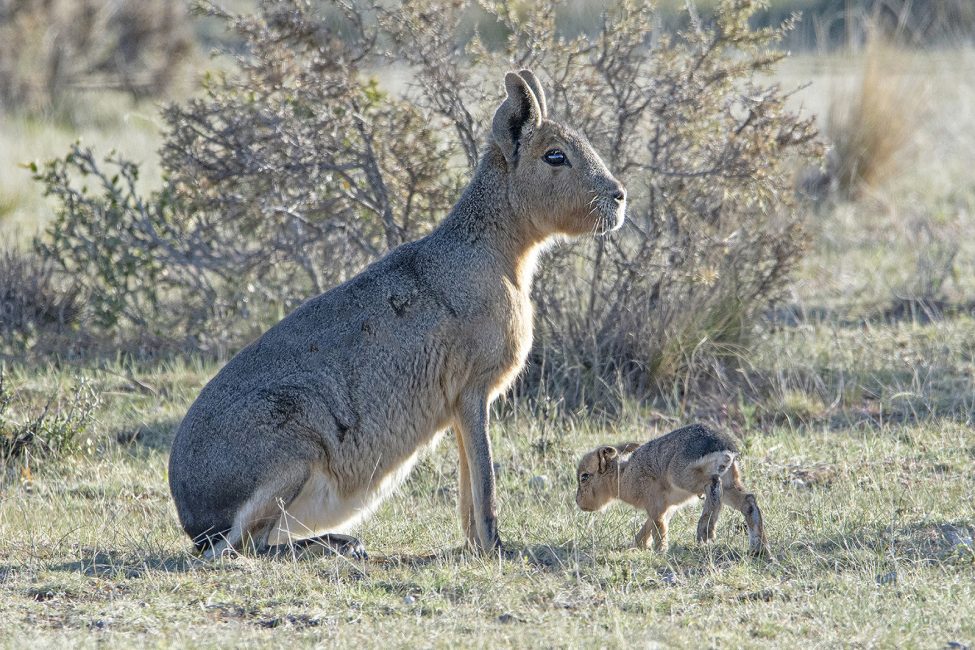
September 18, 2022
The Great Patagonian Rodent
- as seen by -
 Martin Brogger
@tinchobrogger
Martin Brogger
@tinchobrogger The Patagonian mara (Dolichotis patagonum) is a large rodent endemic to the arid steppes of Argentina.
Maras are herbivorous, feeding primarily on green vegetation, fruit, and seeds. They are considered one of the fastest rodents, which helps keep them safe in a harsh environment. Predators of this species include the puma and other wild cats, foxes, snakes, and some birds of prey.
Mara social organization involves a combination of monogamous territoriality and cooperative, communal breeding that has not otherwise been described among mammals. Most births occur between September and October after 100 days of gestation, and they usually have only one small mara per breeding season. During this time, the young may be kept in social burrows, which have been dug by the females.
Maras are headed for the list of endangered species. They are currently classified as Near Threatened by the IUCN Red List of Threatened Species and their population trend to date is decreasing. The main factors affecting mara populations are habitat loss due to changes in land use, overhunting, and competition for food with sheep and the introduced European hare. As a result, some localized populations have already become extinct.
EDITOR’S NOTE: To celebrate National Hispanic Heritage Month, Wild View is featuring posts on their contributions that continue to enrich science and conservation.
Nikon D7200
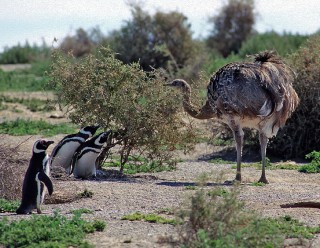
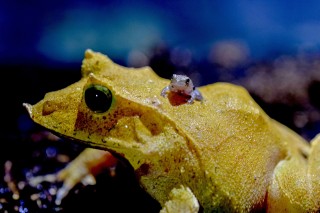
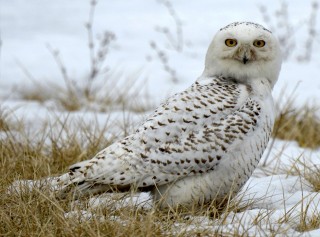
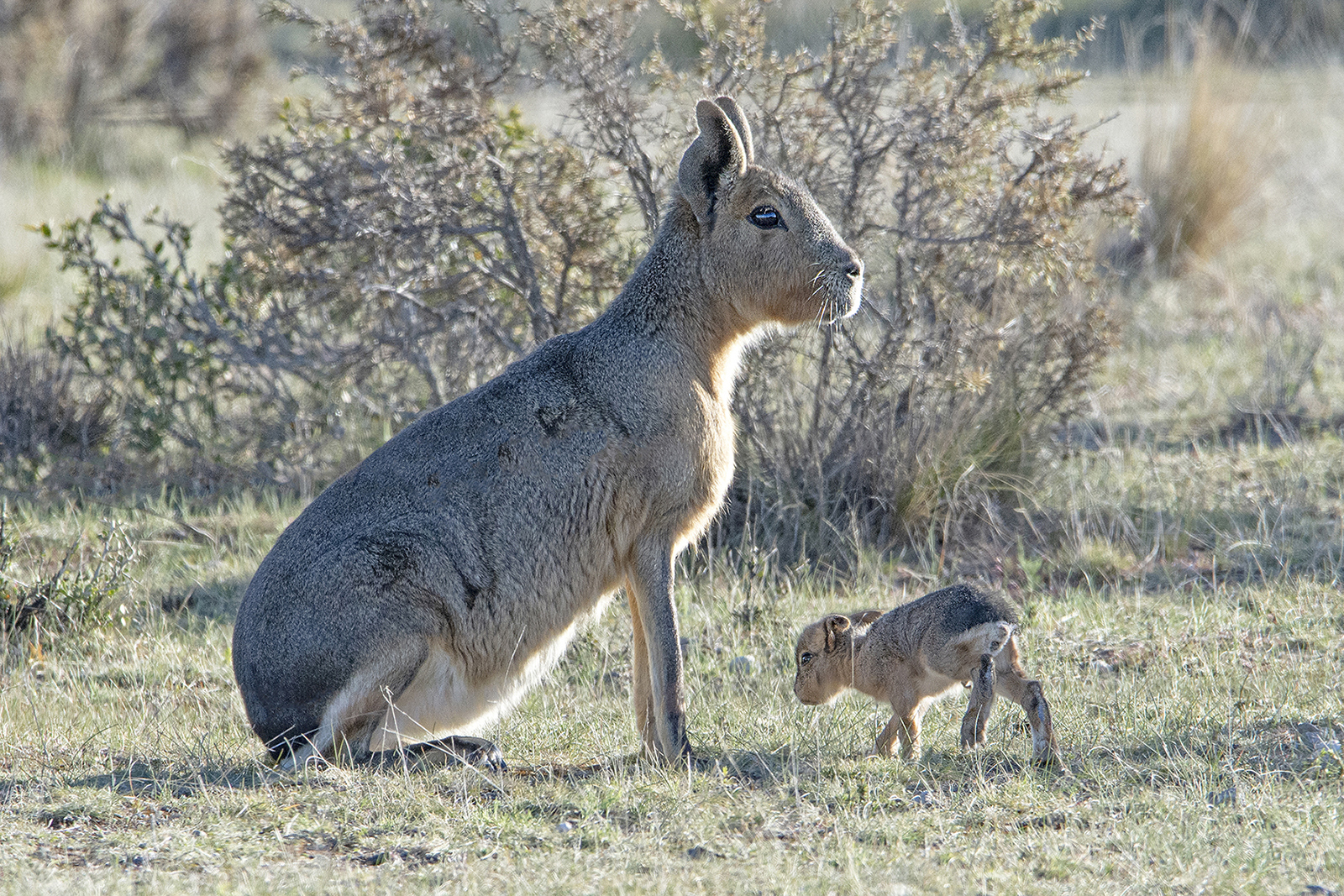
Leave a Comment